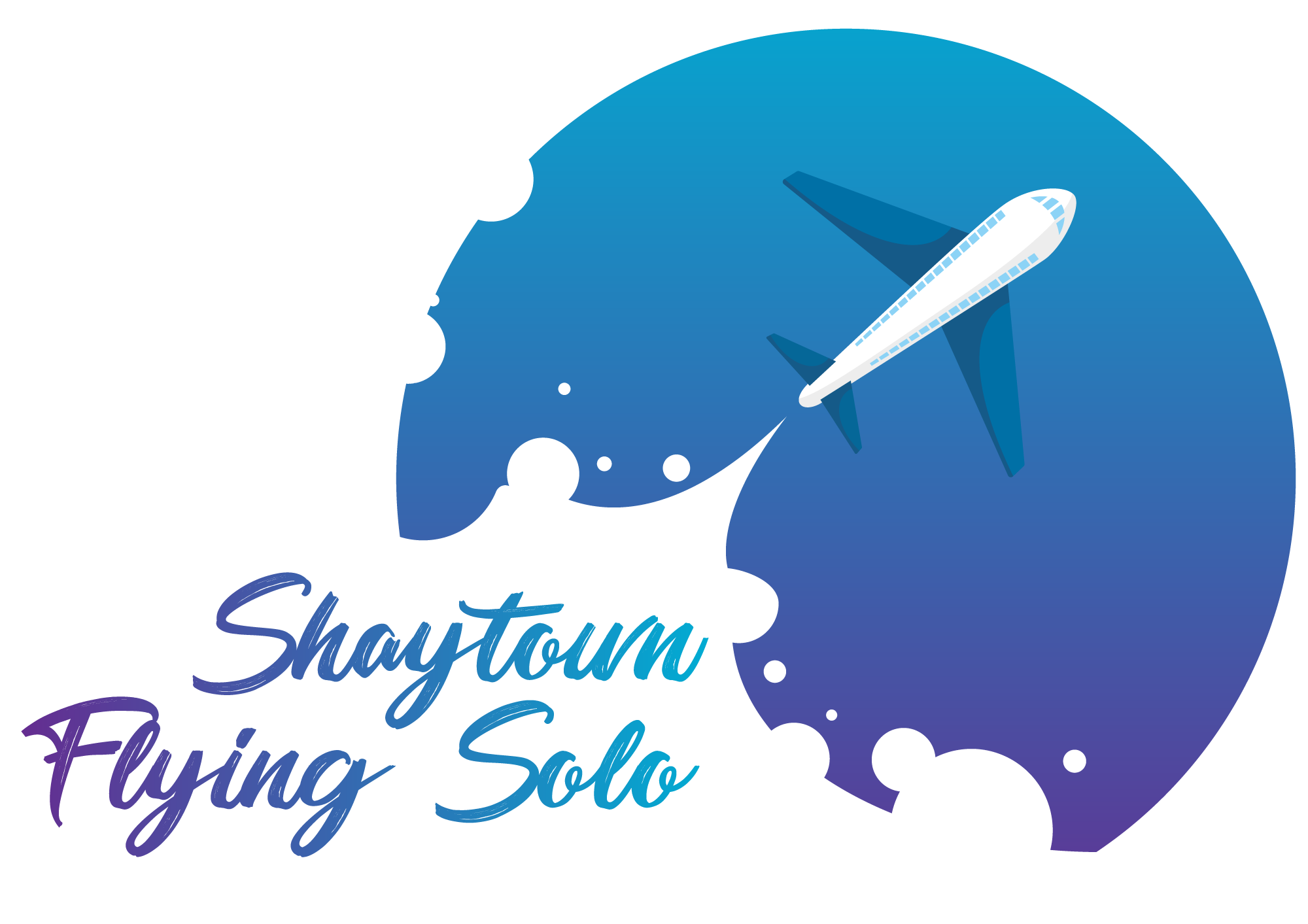Pubbin’ in Dublin

Ireland is on the bucket list of the masses. Many dream of spending St. Patrick’s Day in Ireland and enjoying the festivities. Dublin is the capital city and is known for its many pubs and nightlife. But the country is a small island so why not spend a day exploring the rest of the Emerald Isle? Ireland has something for everyone. It has nature, adventure, festivals, and iconic castles.
I took a solo trip to Dublin in the first week of 2023. It is ideal for solo travelers because the country is relatively safe and the people are welcoming. It’s a mere six hours from the east coast of the U.S. I flew from Orlando to Philadelphia and direct to Dublin from there. So, you’ve always wanted to go but have questions. I got you. Read on.
Things to Do
There’s so much to do but also not much at all. I believe you only need two or three days in Dublin to do all you desire. But, at the same time, there’s much to choose from. If you’re looking to experience other towns in the country, more time is needed.
Must-see tours are the Cliffs of Moher and Galway day tours. There are several companies that do these tours but some are better than others. Wild Rover is far and away the best tour company to do this tour. Spend two hours at the cliffs and the city of Galway. Pass by Dungaire and Bunratty castles. Stop at the Barack Obama Plaza for a snack.
A pub crawl is a must when in Dublin. The Generation Pub Crawl is the most popular. It regularly has 40 to 100 people attend. There were 180 people on my pub crawl. They had to split us into smaller groups. Free shots, beer, and drink specials are included. It’s super cheap; maybe $15 USD. On this tour, you’re sure to meet people and have a great time exploring several popular pubs. This company also offers several free walking tours.
If neither of these piqued your interest, there is also great outdoor adventure tours, free museums, and gin and whiskey tastings. Tour the Guinness Factory or the Jameson Factory. Walk through the parks or along the river. Enjoy the beautiful green scenery.
Where to Stay
The island has many options when it comes to accommodations. Downtown Dublin hotels are a popular choice. But maybe, like me, you’ve dreamed of staying in a castle. There are castle hotels to choose from as well.
I chose Clontarf Castle. It is about 10-15 minutes from the Dublin city center. It’s located in a beautiful neighborhood and has the best decor. The staff are welcoming and very friendly. Best of all, it is a real castle. It’s not one of those hotels that are made to look like a castle. Although they have those too. Further out of Dublin you’ll find other castle hotels. Hostels and vacation homes are options as well.
Whatever you choose, it’s best to reserve at least one month ahead of you’re coming in a busier time of year such as St. Patrick’s Day or for one of the festivals. I found prices for accommodations to be fair but I also traveled there in January, which is off season.
Best Times to Visit
Obviously the best time is when you’re available but what’s cheapest? What’s best? Well, I thought I would avoid the crowds by coming in January. Not so much. There may have been less crowds but many had the same idea as I was reminded on my pub crawl.
November and January are probably the cheapest months to visit Ireland. But beware if the cold, rainy weather. If you really get the luck of the Irish, you’ll have at least one clear day during your stay.
The best months to visit are likely May through October when it’s a bit warmer but not as cheap and will have more crowds. In March, leading up to St. Patty’s Day, large crowds are expected and with that comes increased prices. Plan ahead for a visit during that time. Understand also that the weather is likely to still be cool.
Getting Around
Ireland has a regulated taxi system. Their drivers are thoroughly vetted and the rates are basically the same for all taxi companies. Just Uber you say? Nope. The country does not allow it. I pulled up the Uber app to get a ride and it only connects you to the same taxis probably sitting right outside your hotel.
Renting a car is also popular with tourist. It’s a lovely drive through the countryside and go on your own time. The roads are narrow but the drivers are kind. The steering wheel is on the opposite side of the car and you must drive on the opposite side of the road. For Americans, this takes some getting used to but I hear it doesn’t take long. Be aware that most cars are manual shift but you can reserve an automatic if you book early and pay extra.
Other options include public transportation and your two feet. Buses are a cheaper way around than taxis, of course. The double decker buses are also a cool way to see the city. The Dart rail can be a good alternative if you are staying close to a rail station. If staying downtown, you will be in walking distance to many pubs and shopping. There are also the hop-on-hop off bus and tours mentioned above that can help you get a lay of the land.
What to Eat and Drink
Food is good and plentiful in Ireland. The traditional Irish breakfast or fish and chips are on the menu almost anywhere you go. Most hotels have restaurants inside them serving the Irish classics but you will also find many local restaurants that you’re used to. Burger King, McDonalds, and Starbucks were often spotted in the city.
Try a seafood chowder or shepherds pie. Drink an Irish coffee or have a Guinness with your meal. Wherever you eat, it’s likely to be a great experience. My hotel served these “castle wings” that were to die for.



Other Things to Know
While everyone speaks English in Ireland, the national language is Gaelic. Street signs will be in English and Gaelic. That makes Ireland a good place for a first international trip for Americans because it will be easier to navigate when everyone speaks English.
Beware of pedestrians if you rent a car. Jaywalking is completely legal in Ireland. People will cross the street any time anywhere.
Always choose Euros if asked if you want to pay in U.S. dollars or euros. It’s cheaper to pay in the local currency when traveling internationally to avoid conversion fees at the point of sale. It’s best to bring credit cards that don’t have foreign exchange fees or exchange your cash for euros at the airport, bank, or your hotel.
If you’re wondering what to wear, think layers. It rarely gets cold enough to snow in the winter and early gets about 70 degrees in the summer. No matter when you go, you may encounter rain and cold weather so it’s best to be prepared. I’d pack jeans, long and short sleeved shirts, sneakers, boots, a poncho, and a jacket.
For your electronics, remember European outlets are not the same as in the U.S. So, invest in an adapter just in case your hotel does not have the standard American 3-prong outlet. Good luck s d have fun planning and exploring the Emerald Isle.



Leave A Comment